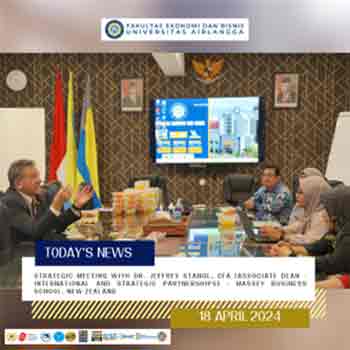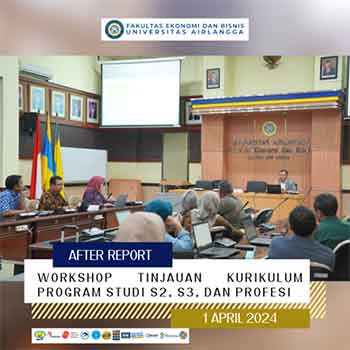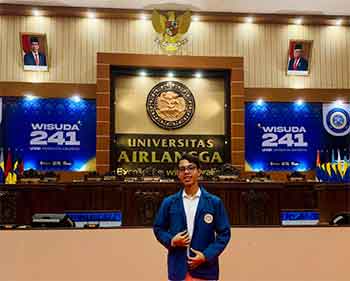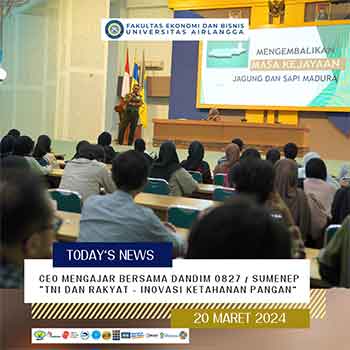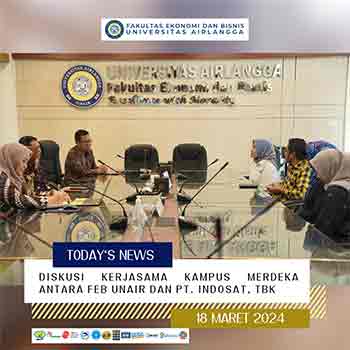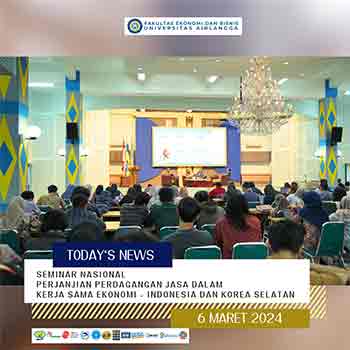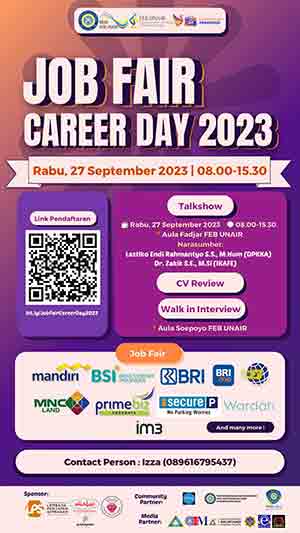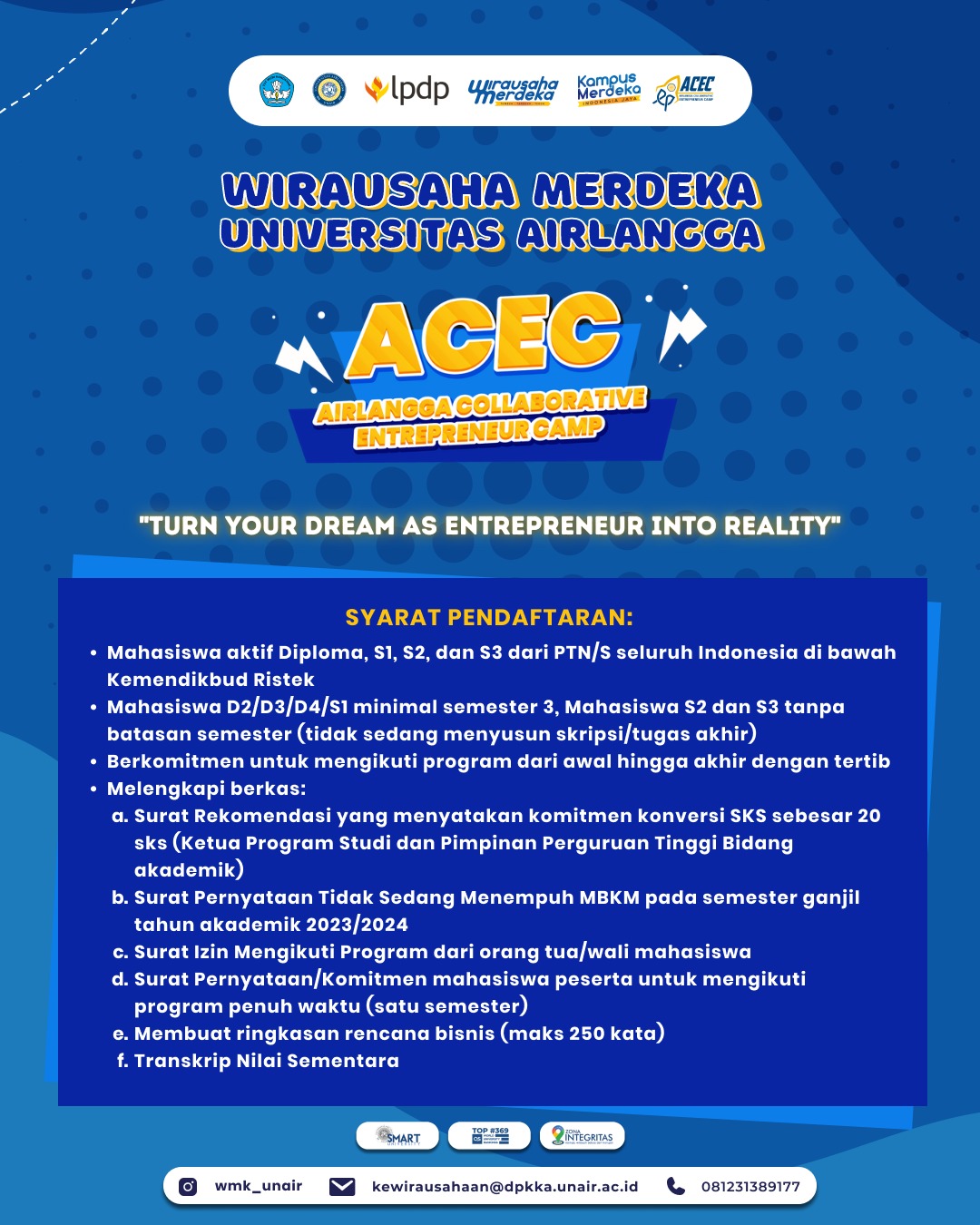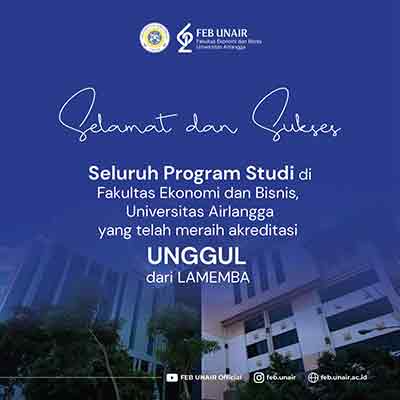Impact of Road Infrastructure, Education, Health and Froeign Direct Investment Toward Indonesia's Economic Growth: Level of 33
Title : Impact of Road Infrastructure, Education, Health and Foreign Direct Investment Toward Indonesia's Economic Growth: Level of 33
Authors :
1. Dr. Muryani SE, M.Sc., MEMD.
2. Agna Amalia
Department : Economics
Journal Name : AFEBI Economic and Finance Review scimago
Kind of Journal : Scopus Q3
Keywords: Economic Growth, Education, Foreign Direct Investment; Health;
RoadInfrastructure
Economic growth is one indicator to determine the extent of development that has been carried out by the government. Indonesia's economic growth showed a decline from 2011 to 2015. Starting in 2011 Indonesia's economic growth of 6,17 percent continued to decline to 4,79 percent in 2015. The economic decline became the basis for identifying factors that affect economic growth. Referring to the Solow economic growth model which is the development of the Harrod-Domar model, it states that the factors that influence economic growth include capital stock, labor growth, and technological developments. While the Harrod-Domar model shows the relationship between investment and economic growth. Based on the two models of economic growth, the variables of road infrastructure and foreign direct investment are used as investment factors in economic growth. Furthermore, it refers to the new growth theory (endogenous) which emphasizes the quality of human resources, education and labor variables are used as human capital in economic growth factors.
Infrastructure is a state need in carrying out activities. Good infrastructure development will encourage economic growth. Infrastructure development in economic growth will have a direct or indirect impact. Infrastructure is considered as one of the important conditions for the development of other sectors and as a means of connecting. Empowerment of resources in infrastructure development will increase economic and social multiplication. Road infrastructure in Indonesia continued to develop from 2010 to 2016 consisting of paved and unpaved roads. Paved roads in 2010 were 277.775 km, to 326.629 km in 2016. The fluctuation of non-asphalt roads, which initially expanded from 2010 to 2013 became narrower in 2014 to 2016. This is because some of the roads have been converted to paved roads.
Education is an investment in human capital. Higher education is seen as a source of innovation that will encourage increased productivity. The expansion of education is considered an attractive government policy because it has an impact on economic growth. The level of quality of education of a country will make the level of life better and will improve the quality of the workforce. In developing countries, education drives economic growth. Education in Indonesia has a gap between rural and urban areas. The level of education using the Average Length of Schooling (RLS) shows that in rural areas it is only 7,52 while in urban areas education can reach 9,87 in 2016.
Health is considered as a contribution to the economic growth of a country. AHH itself is the number of years of life of a person who is still alive. The benefit of AHH is to determine the level of welfare of the population in an area. With increasing life expectancy at birth gives an interpretation that the level of health has improved. Health conditions in Indonesia have improved over the last six years as measured by life expectancy at birth. In 2011 the AHH was 70,01 and continued to increase although it was not as large as 70,9 in 2016. Health can have implications for the welfare of the community equally.
One source of financing for Indonesia's development is Foreign Direct Investment (FDI). FDI is a very important source of economic growth, especially for developing countries. This enables the country to overcome domestic shortages in capital, technology and expertise, and has a strong and lasting effect on growth, through direct and spillover channels. FDI conditions in Indonesia currently fluctuate from 2011-2016. In 2014 it decreased, then in 2015 it increased again, and in 2016 it decreased again.
This study analyzes the influence of road infrastructure, education, health and foreign direct investment on the economic growth of 33 provinces in Indonesia in 2010-2016. The regression estimation results show that simultaneously road infrastructure, education, health, and PMA have an effect on the economic growth of 33 provinces in Indonesia, while partially (individually) FDI does not have a significant effect.
For full article please visit:
http://journal.afebi.org/index.php/aefr/article/view/204





